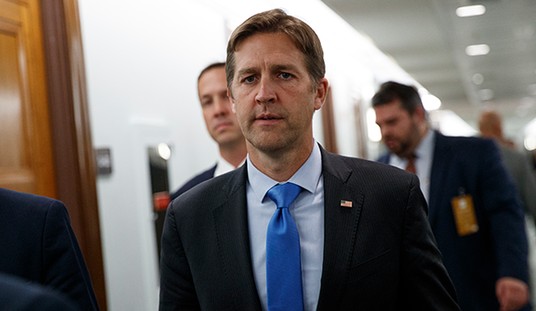During the third week in July the news in this country seemed preoccupied with the Shirley Sherrod story. Meanwhile, another very important story was largely overlooked — one about your safety, security, and wallet.
In “Top Secret America,” the Washington Post unveiled an impressive, two-year investigation by reporters Dana Priest and William Arkin. In it, they depict a giant intelligence bureaucracy unprecedented in scope and size. If the whole purpose of the post-9/11 federal intelligence system was to tear down the walls of bureaucracy, the report shows in no uncertain terms that just the opposite has happened. America now has a labyrinthine intelligence bureaucracy made of tall, impenetrable walls.
Today’s behemoth is made up of an astonishing 1,271 government bureaucracies and 1,931 private companies employing at least 854,000 top secret cleared individuals. To visualize that kind of workforce, consider the office space they require: 17 million square feet worth, which is roughly three times the size of the Pentagon. The growth is not slowing down anytime soon. In the Washington, D.C., area alone, 33 intelligence agency building complexes have been built since 9/11, or are currently under construction, in order to accommodate this new, top secret workforce.
The problem is not just the sheer volume, it’s the massive amount of waste involved. One example the Post uses involves the analysts who track terror-financing schemes. They belong to 51 separate federal organizations and publish 50,000 intelligence reports a year. That kind of reportage is impossibly unwieldy, leaving much of the data in the reports ignored. “Lack of focus, not lack of resources, was at the heart of the Fort Hood shooting that left 13 dead, as well as the Christmas Day bomb attempt thwarted,” write Priest and Arkin.
Perhaps most surprising was a little-known detail regarding military intelligence inside the Pentagon (two thirds of all national intelligence programs fall under Department of Defense control). There, a small group of officials with elite, need-to-know access are called “Super Users.” The Post managed to interview two of these Super Users, one of whom explained the dilemma he faces: “I’m not going to live long enough to be briefed on everything,” the Super User said. Secretary of Defense Gates disagreed with the Post’s criticism of the system, saying it is not too big to manage. “After 9/11, when we decided to attack violent extremism, we did as we so often do in this country,” Gates says. “The attitude was, if it’s worth doing, it’s probably worth overdoing.” Which is an odd thing to say. Since when is a bloated anything better than something lean?
One of the most troubling divides with the creation of all these new agencies is the wall that has gone up between civilian intelligence and military intelligence. When the Office of the Director of National Intelligence was created in 2004, the CIA quickly reclassified projects so other organizations — including the Office of the Director of National Intelligence — couldn’t access them. Right around that same time, the Defense Department moved billions of dollars out of one budget and into another for the same reason—so others couldn’t access it, including people in the Office of the Director of National Intelligence.
If that’s not disheartening enough, try perusing the Post’s online database of private contractor information. The site provides links to the corporate websites of all 1,931 private defense contractors. There, one finds a seemingly endless money trail of contracts, divided into categories like “under $100 million” and “$1 billion to $10 billion.” What exactly these contracts entail can’t be told because they have been classified top secret. This leaves one with the overall sense that Top Secret America is indeed an endless maze of bloated bureaucracy — one that does not necessarily keep America safer or more secure.









Join the conversation as a VIP Member